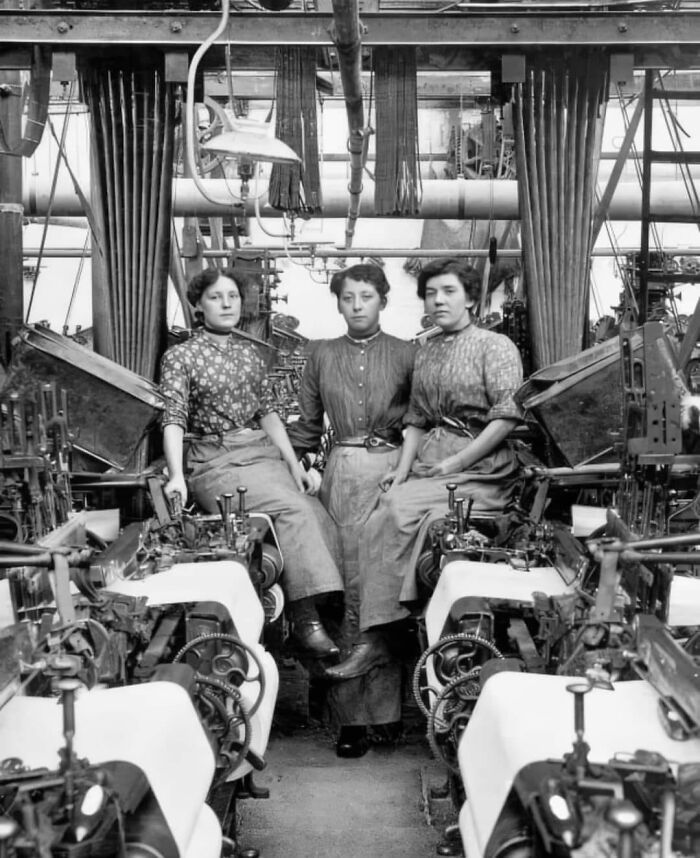“Unveiling the Past: 50 Breathtaking Vintage Photos That Will Leave You Spellbound!”
#13 A Heavy Load – Sioux. Edward S. Curtis, 1908
 Image credits: History Photos Sealed in Time
Image credits: History Photos Sealed in Time
#14 In Whitechapel, London, A Young Person’s Eyes Wander Longingly Over The Freshly Baked Goods In A Bakery Window During The Financial Hardships Of The 1930s
 Image credits: History Photos Sealed in Time
Image credits: History Photos Sealed in Time
#15 Photo By Russell Lee – New Madrid County, Missouri. Child Of Sharecropper Cultivating A Field – 1938
 Image credits: History Photos Sealed in Time
Image credits: History Photos Sealed in Time
Daguerre called his box camera the “Daguerreotype”. It had plate inside, coated with a thin film of silver iodide. The plate had to be exposed to a few minutes or hours of light to produce an image. It was then treated with mercury vapor and hot saltwater to remove the silver iodide.
And voila! A permanent image, or daguerreotype, was left behind. But the images were still all mirror images, or in reverse. After trial and error, Daguerre managed to reduce the exposure time to just a few seconds. It was a turning point in the history of photography, and catapulted cameras into the commercial arena.
#16 Man With Bird, Tyneside, England, Ca. 1937 – By Edith Tudor Hart
 Image credits: History Photos Sealed in Time
Image credits: History Photos Sealed in Time
#17 Laugharne, Wales, Photo By Philip Jones Griffiths, 1959
 Image credits: History Photos Sealed in Time
Image credits: History Photos Sealed in Time
#18 Women Factory Workers In A Cotton Mill In Lancashire, England, Circa 1908
 Image credits: History Photos Sealed in Time
Image credits: History Photos Sealed in Time
Back then, photographers could work on one print at a time. But William Henry Fox Talbot soon changed the game. He came up with what’s known as the calotype process. It allowed photographers to create a negative, and use it to produce multiple prints at a time.











